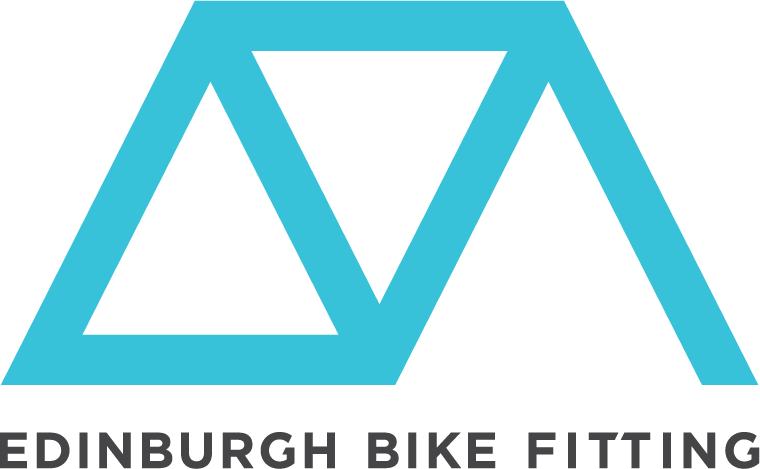Training: Heat Acclimation and Adaptation
How to prepare for success in endurances sports events in hot environments
Something a little bit different today but seems appropriate point of discussion after the weekends heatwave. If you spend your precious holiday time away warm weather racing or training, you want to make the most of it. You spend hours training to compete at a specific intensity or duration in order to achieve a specific target or goal. So why wouldn’t it be optimal to prepare for the conditions of the event?
For most of the athletes I coach and have coached in the past the important races often happen out with the UK in a different climate and usually the biggest challenges athletes will face outside of actual training volume for the event are the conditions and climate change.
Let’s start with the main things that will become affected by a lack of heat adaptation and reduce your performance:
Neuromuscular impairment (less muscle recruitment)
Dehydration causes a reduced cardiac output (less blood for the muscles)
Increased blood flow to the skin means there will be less blood in the muscles
Increased Rate of Perceived Exertion (RPE) with impaired cognitive function
The optimal temperature for racing is around 10 degrees Celsius (every time I mention degrees, I’m referring to Celsius). At around 20 degrees and above you can expect somewhere between 10-15% decrease in performance and more the hotter it gets in non-elite athletes, and around 5% in elite athletes. This is down to time for event completion mainly and the longer spent out racing the more it affects you. However, it’s important to know it doesn’t matter how fit you are there is always a performance decrease in the heat and you’ll never be as fast as you are in cooler temperatures. After an appropriate adaptation you might be able to get around 95% of optimal performance back.
To the triathletes out there, ever had an amazing bike ride only to get to the run and fall apart? Probably because the heat affects you more on the run because of the slower speeds and relative wind effect being reduced. When riding you have increase air flow around the body helping to evaporate sweat and cool the body. Cyclists, don’t think you’ve got away with anything though, you don’t typically go away on holiday, race or take part in events on flat roads. As soon as you start climbing you lose the wind cooling and sweat evaporation advantage.
The next question you have might be: What are the best ways to acclimate to the heat when I live in a cold country?!
First things first: don’t leave it till the last week before you go away. You shouldn’t be adding an additional stress to the body while you are trying to rest and recover for an event. The best method is to adapt slowly to the heat; most research is conducted over a 2 week period so that’s what most of this advice is based on, but longer may be better. You can make short adaptations over 4-5 days but it’s just not very good.
A strategy I might recommend would last over 2 weeks somewhere between 4-6 weeks out from a target event that’s in the heat. You would want to raise you core body temperature over 60-90 minutes of training daily or as often as possible. Its not quite as simple as that though. You want to make sure if it’s a hard session you get the “hard” proportions of the training done with a lower core temperature to get the maximal training adaptations and once you have finished the hard training increase your core temperature for 60-90 minutes of continuous exercise to help increase sweat rates which will help cooling through sweat evaporation.
Methods to increase core temperature:
Indoor turbo training, no fan, extra clothing
Hot bath or sauna pre training (remember this only works for endurance low intensity rides, it will reduce effectiveness of interval/hard training)
Wear more clothing to train in
wearing a down jacket may be the last thing on your mind on a turbo session but it certainly is effective!
None of these suggested methods are perfect but they’ll get you about 80% of the way there. The optimal methods are either going to train in a heat chamber or if your bank account and work allows go train where the race is being held.
If you have done your heat adaptation 4-6 weeks out form the target event then you can maintain the heat adaptation by 1-2 training sessions a week with increase core temperature then complete an appropriate taper without the massive extra stress on the body having to acclimate to the environment.
Take Homes:
Train for heat before you go away
Don’t stress the body with heat adaptations while you try to taper
Training for heat doesn’t have to be fancy. Wear more cloths, don’t use a fan on the turbo or have a hot bath before training to raise core temperature pre training.
It’s very difficult to give specific heat adaptation advice and how to plan it specifically into your training without knowing a specific schedule. Remember if you are looking to optimise your time and training get in touch for professional sports coaching or a coaching consultation. Find out more here!
Or email: rory@edinburghbikefitting.com
Keep training smart,
Rory

